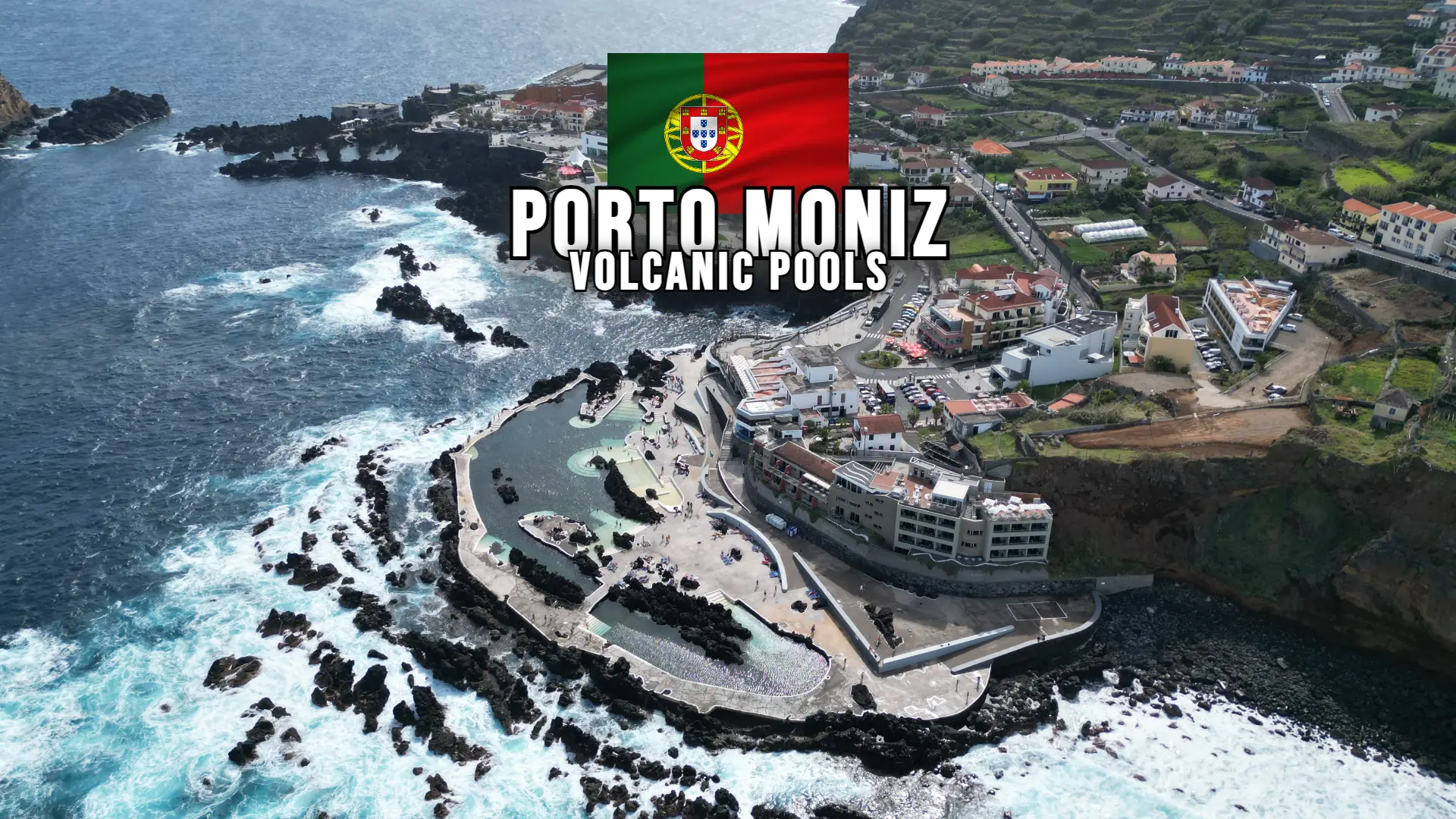European countries are expected to experience a range of climatic difficulties in the coming years due to the impacts of climate change. Here are some examples of the main climatic difficulties that European countries will experience, grouped by topic:
You may interest also: How the Climate changes and sustainability affects the life in Europe?
Temperature
- According to the European Environment Agency, the average temperature in Europe increased by 1.7°C between 1891-1900 and 2018-2020.
- The most recent report of the Intergovernmental Panel on Climate Change (IPCC) estimates that the average temperature in Europe is projected to increase by 3.2°C to 5.4°C by the end of the century, under the higher emission scenario (RCP8.5)
- This warming is expected to lead to more frequent and intense heatwaves, which can cause heat-related illnesses, deaths, and wildfires. In the summer of 2018, a heatwave in Europe led to an estimated 70,000 deaths in France alone.
- The increased heat is also expected to reduce crop yields and to negatively impact the health of livestock and wild animals.
Precipitation
- According to the European Environment Agency, Europe has seen a decline in precipitation in the south and southeast and an increase in the north and west over the past century.
- The latest report of the Intergovernmental Panel on Climate Change (IPCC) estimates that Europe is projected to see an increase in heavy precipitation events. This increase in heavy rainfall will increase the risk of floods, landslides, and soil erosion in some regions of Europe.
- The IPCC also estimates that southern and eastern Europe will experience more frequent and severe drought, which can lead to water scarcity and damage to crops, forests, and wetlands.
Sea level
- According to the European Environment Agency, sea level in Europe has risen by about 20 cm since 1900, and it is projected to rise by an additional 26-82 cm by 2100.
- This rise in sea level is expected to lead to increased coastal flooding, erosion, and saltwater intrusion, particularly in low-lying areas, small islands, and delta regions.
- This also can lead to negative impacts on infrastructure, tourism, and biodiversity.
Ocean acidification
- According to the European Environment Agency, the acidity of the oceans has increased by 26% since the pre-industrial period due to the uptake of carbon dioxide, which affects the pH of the oceans.
- This acidification is expected to have negative impacts on marine biodiversity, particularly on organisms that form shells and skeletons, such as shellfish and coral, which can lead to a decline in fish populations and fishing communities
Extreme events
- According to the European Environment Agency, Europe has experienced an increase in the frequency and intensity of extreme weather events such as heatwaves, droughts, floods, and storms.
- These events are expected to continue to increase in frequency and intensity, leading to increased risk of damage to infrastructure, property and human lives, as well as negative impacts on human health, agriculture, and biodiversity.
It’s worth noting that these projections are based on current trends and can change depending on the policies and actions taken by governments and society. Also, the impact of these difficulties will depend on the specific country, region and sector.








